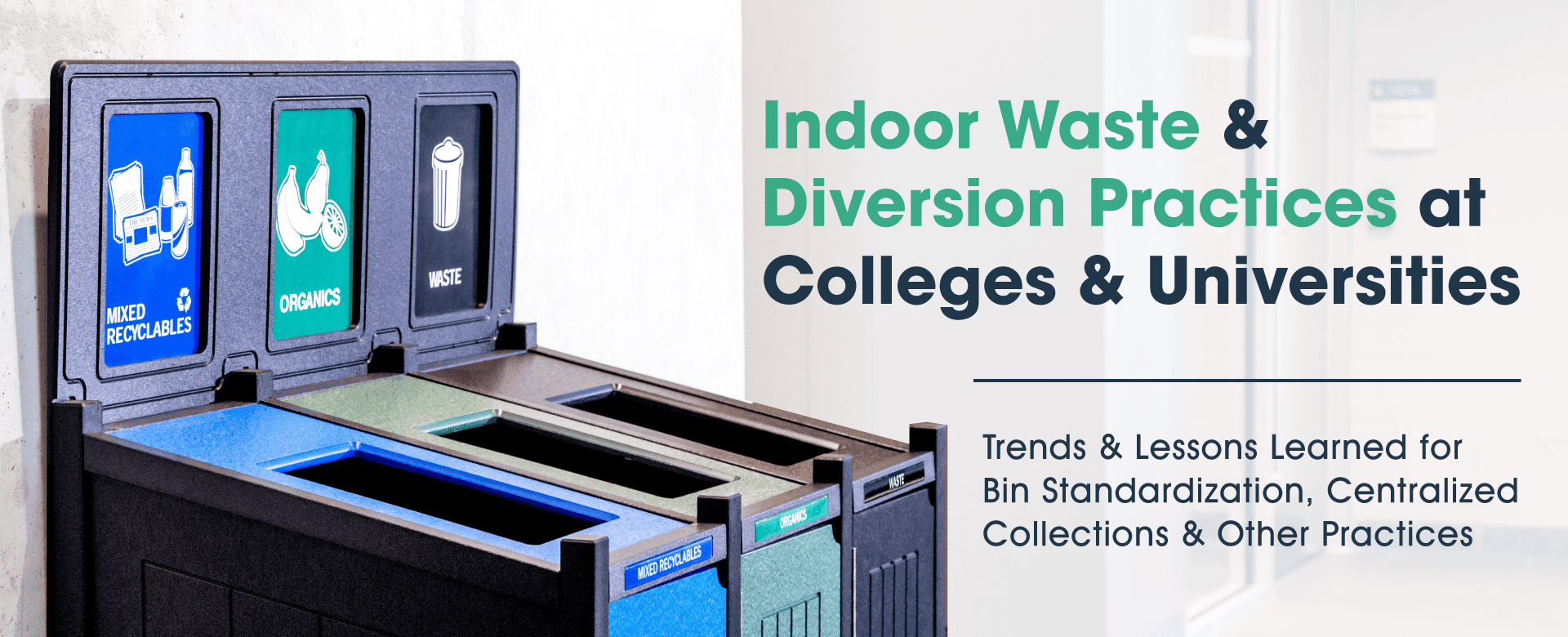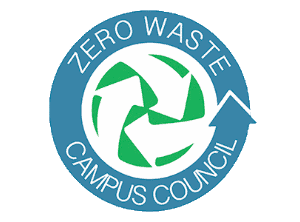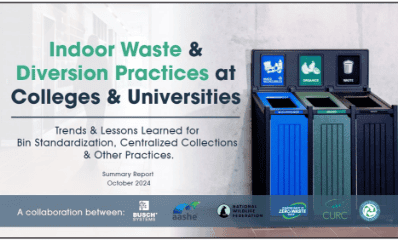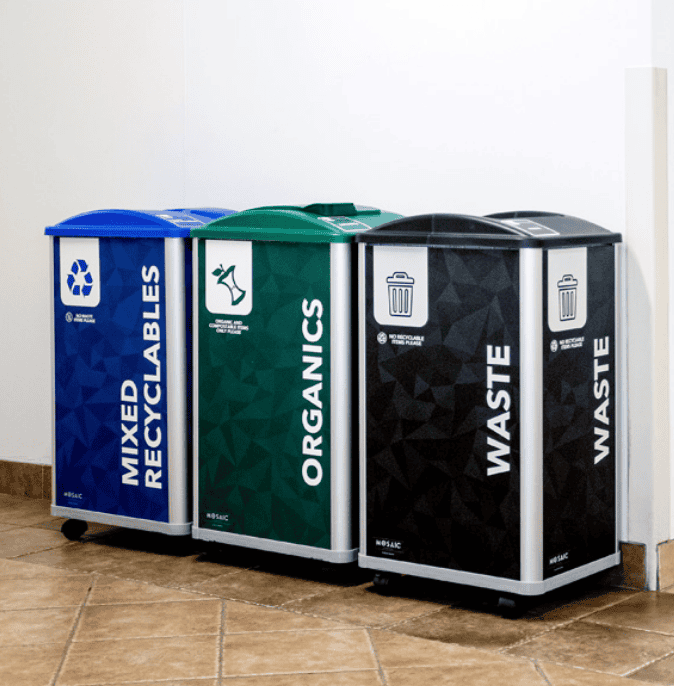Your Direct Source for Customizable Recycling Bins & Waste Containers
X
SEARCH

Busch Systems In Collaboration With





New Report Offers Insights into Higher Ed Diversion Efforts
Looking to better understand how waste is handled on college campuses, Busch Systems, CURC, Zero Waste Campus Council, Association for the Advancement of Sustainability in Higher Education (AASHE), National Wildlife Federation and Campus Race to Zero Waste collaborated to survey higher ed sustainability and facilities managers in the spring of 2024. The results of the survey are summarized in a new report, Indoor Waste & Diversion Practices at Colleges and Universities. The report includes graphs and analysis documenting among other things:

• Trends with campuses adopting uniform bin standards and centralized collection arrangements in academic and administrative areas of campus.
• Impacts on diversion and labor for schools that remove waste bins from classrooms and/or direct staff and faculty to empty their personal deskside waste.
• Strategies and lessons learned from respondents advising on how to overcome stakeholder objections to get deskside self-service arrangements implemented.


Schools that participated in the survey can view the detailed individual responses of peer campuses. To access campus results, contact Alec Cooley at alecc@buschsystems.com.
Partial List of Survey Participants
- Harvard University
- Boston University
- CSU Sacramento
- Arizona State University
- Michigan State University
- Purdue University
- Emory University
- Ohio State University
- UNC Chapel Hill
- Penn State University
- University of Ottawa
- Northern VA Comm. College
- Canadore College
- UC Berkeley
- Johns Hopkins University
- University of Virginia
- University of Toronto
- Stanford University
- University of Oregon
- University of Florida
- Temple University
- Case Western Reserve Univ.
- Brigham Young University
- Rutgers University
- SUNY New Paltz
- Swarthmore College
- Swarthmore College
- UMass Amherst
- University of South Dakota
- Contra Costa Comm. College
- University of Manitoba
- George Mason University
- Illinois State University
- Oklahoma State University
- UCLA
Key Takeaways From The Report

85% Of Schools Use Blue To Identify Recycling Bins

41% Of Those Providing Deskside Bins Have The “Mini-Bin” System.

44% Require Staff & Faculty To Empty Their Own Deskside Waste In Some If Not All Locations.

60% Observed Lower Contamination When Deskside Custodial Waste Service Was Eliminated.

Removing Classroom Waste Baskets Resulted In Labor Savings For 86% Of Schools, And Less Litter For 32%.
